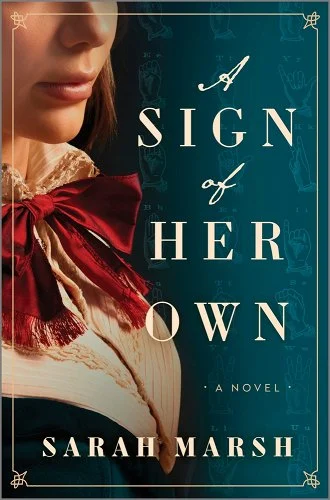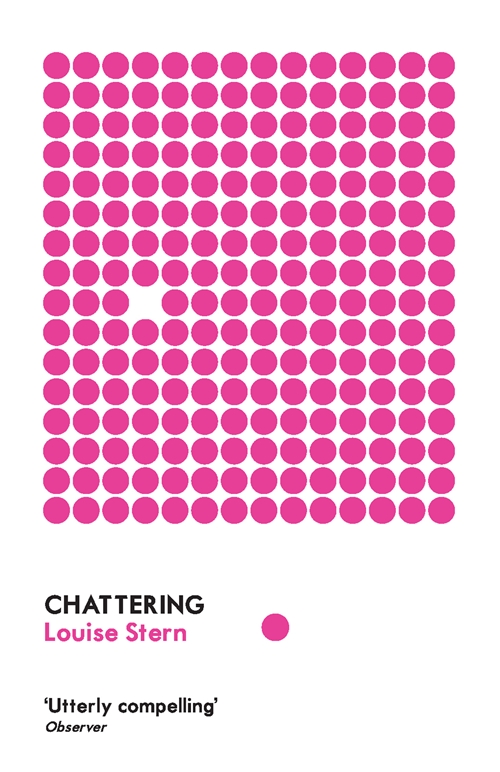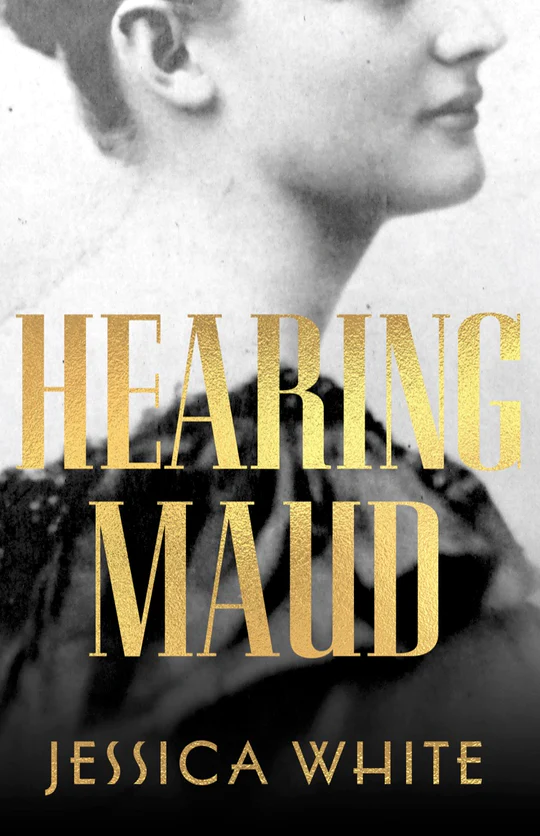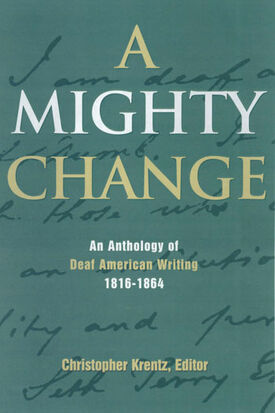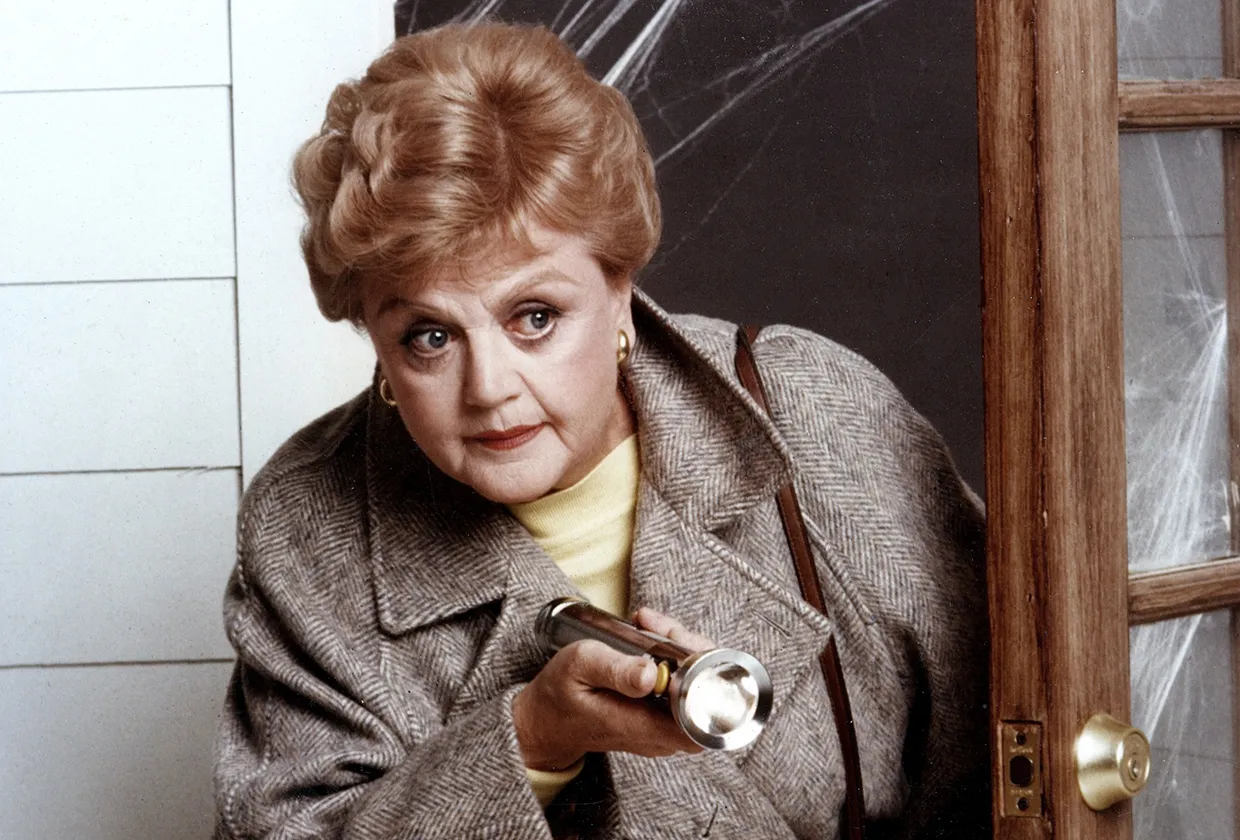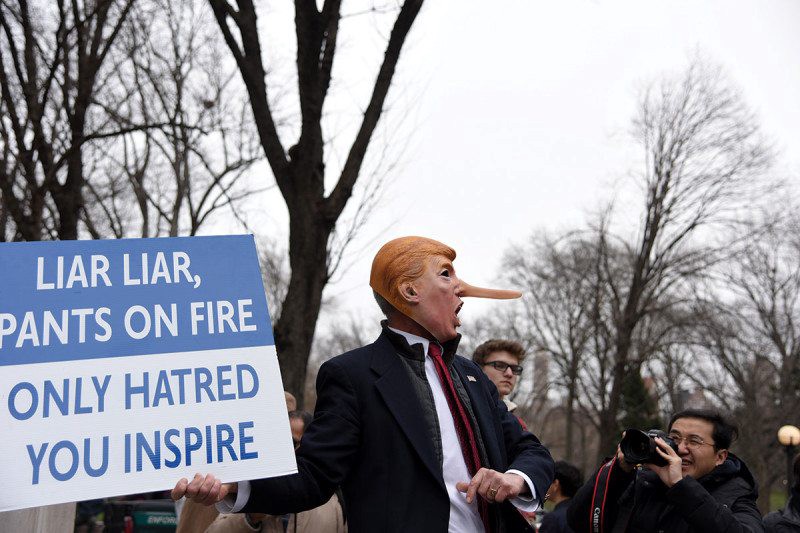Reading Lists
9 Books that Center Deaf and Hard of Hearing Characters
Sarah Marsh, author of "A Sign of Her Own," recommends literature that explores loneliness, community, and connection through the lens of deafness
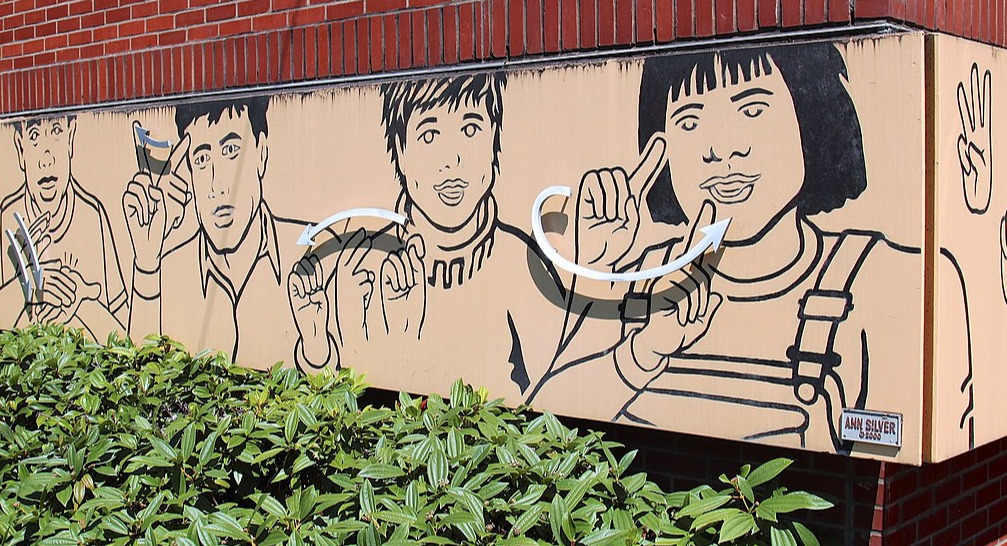
Growing up with a pair of hearing aids, it never occurred to me that deafness was an experience. Mostly it was a problem that I was taught to hide. When I started meeting other deaf people my own age, and learning British Sign Language, I began to see deafness from a new perspective. Books, when I found ones by deaf authors or with deaf characters, became an important resource and source of joy.
My debut novel, A Sign of Her Own, explores one woman’s personal discovery of deafness. Set in late 19th-century Boston and London, Ellen Lark, who is deafened by scarlet fever, becomes a pupil of Alexander Graham Bell and studies his technique called Visible Speech. When Bell’s attention turns towards the telephone, Ellen finds herself drawn to a deaf man, Frank McKinney. As their friendship deepens, and Bell’s views on sign language become clear, Ellen is left with a decision that calls into question everything she has been taught.
Many books helped me understand deaf people’s experiences at this turning point in history. Some were historical texts and studies which provided insights into the attitudes of the time, as well as deaf people’s own experiences and opinions. But I also turned to contemporary fiction, poetry and memoir. Written by (mostly) Deaf and Hard of Hearing authors, these works explore themes that are universal, through the lens of deafness: Language, how it fails and unites us, and loneliness, the ways in which we find community and connection, and silence, that manifests in many forms. From a graphic memoir to these nine books showed me just how varied the Deaf experience can be.
El Deafo by Cece Bell
This classic graphic memoir should be read by everyone of all ages. Cece Bell depicts what it feels like to grow up deaf in the mainstream education system as she grapples with the emotional consequences of being different from one’s peers. The book offers insights into the common assumptions that people make about deafness, and provides young deaf readers a rare chance to see themselves represented in fiction.
True Biz by Sara Novic
On the rare occasions that a deaf character features in fiction, they are often isolated figures, stranded in hearing society. In True Biz, Novic gives us the diversity of Deaf experience through a variety of characters who come together at a school for deaf students which is being threatened with closure. Novic paints an engaging, tender and passionate picture of contemporary Deaf culture, illuminating a range of issues that affect deaf people today, while paying homage to the school’s central role in Deaf history.
Chattering by Louise Stern
As a native sign language user, Stern is interested in the way language inhabits our bodies, and the physicality of communication, silence and sound. The characters in these short stories seek new experiences, traveling between Deaf and Hearing worlds and navigating their passage with a mixture of signing, lipreading, and pen and paper. The stories are deftly written moments of insight and revelation in which Stern skillfully flips the perspective on hearing people’s attitudes to deafness.
Hearing Maud by Jessica White
A work of creative nonfiction by Australian writer Jessica White, this book combines the author’s personal experience of deafness with the story of Maud Praed, the deaf daughter of Rosa Praed, a Australian novelist living in London in the 19th century. White writes with heartbreaking precision about Maud’s life as the only deaf child in the family and her eventual commitment to an asylum. Equally fascinating is how White charts her own journey through the landscape of deafness, giving readers a global story of deaf history that crosses continents.
The Perseverance by Raymond Antrobus
This poetry collection opened my eyes to the creative possibilities of writing about Deaf experience. Antrobus writes about growing up deaf, Deaf history, his Jamaican British inheritance and his relationship with his father. What connects the poems is their exploration of the linguistic and acoustic edges of deafness, as Antrobus recounts being made to speak and hear, stumbling through English grammar, making translations in sign language, and the relationship a deaf person has with sound and noise. Antrobus also takes on Deaf history and representation in the last two centuries, addressing works by Charles Dickens and Ted Hughes, and showing how the “space of deafness” has been shaped and controlled by hearing narratives.
Deaf Republic by Ilya Kaminsky
At the end of Ilya Kaminksy’s poetry collection, he writes: “The deaf don’t believe in silence,” he writes, “silence is the invention of the hearing.” Set in an unnamed occupied territory, Kaminsky’s vignette-like poems unfold the lives of the town’s residents after they choose to become deaf in response to the killing of a deaf boy. Using silence as protest and resistance, the townspeople create their own sign language to communicate. The result is an imaginative act which asks us to consider how we construct our ideas of silence and deafness, and for what purposes.
Sounds Like Home by Mary Herring Wright
First published in 1999, this memoir by Black Deaf author Mary Herring Wright has been reissued in a new edition. It gives a vivid account of Wright’s experiences in a school for deaf and blind Black students in North Carolina in the 1930s. Providing a fascinating insight into residential school life for deaf people at the time of segregation, Wright movingly portrays her girlhood and coming-of-age, and her bonds with her Hearing family and deaf friends as she alternates between family and school life.
A Mighty Change: An Anthology of Deaf American Writing edited by Christopher Krentz
In this anthology of deaf American writing from the mid-19th century, Krentz brings together texts that reflect the opinions and experiences of deaf people at the time. Although largely focused on well-known figures in American Deaf history, these accounts are interesting in mapping out the emergence of Deaf culture that preceded the era of oralism. They also provide an insight into how deaf people used writing to demonstrate their capabilities, and to connect with the wider Deaf community.
Deafening by Frances Itani
This novel by Canadian author Itani, published over twenty years ago, was inspired by her deaf grandmother. Deafening was the first time I’d encountered a deaf main character in fiction. Quiet and compelling, this is the story of Grania O’Neill, a young deaf girl from a family of Irish immigrants. The novel portrays her encounters with language and love as the story moves from a boarding school for deaf children to the frontiers of World War I. Through Grania’s growing relationships with her grandmother and friends, and finally with a hearing man, Itani illuminates the myriad ways in which language fails us and connects us.




